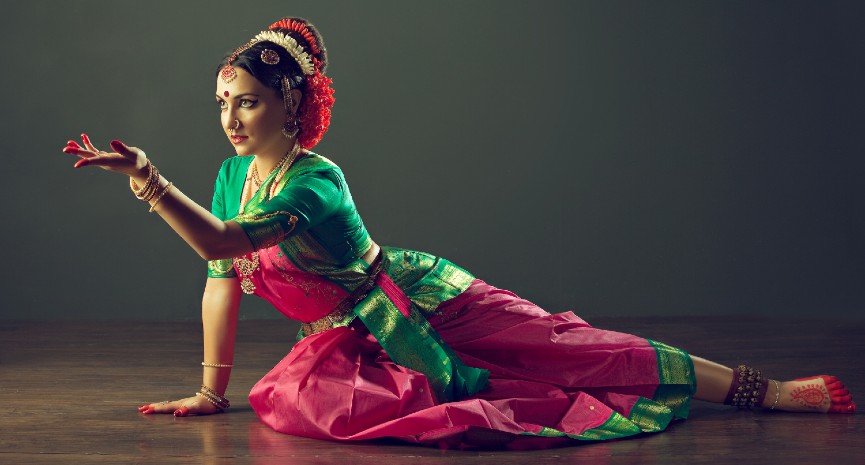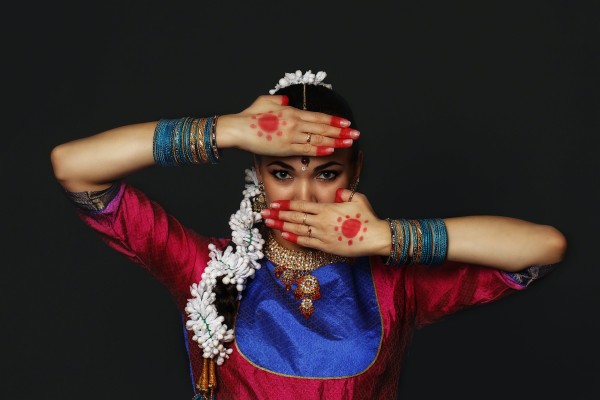
In the Indian art form Bharatanatyam, music and dance go hand in hand. The traditional form goes back to a text called Natya Sastra, written in the 2nd century BC by the Carnatic composer Bharatha Muni. The fascinating steps and meaningless beats that guide them are the glue that connects dance and music into an unforgettable musical spectacle.
As per the experiences shared by Geethalayam school of Bharatham in Chennai (https://geethalayam.com/), understanding this is as crucial to dance on stage as understanding the music theory that underlies the beats and corresponding steps that make up a live performance or recorded performance.
The Natyasastra first describes the term raga and explains the use of scales with intervals of two, three and four srutis. It categorizes instruments such as tata lute, sushira (flute), Ghana (cymbal) and avanadha (drums) and drums. It also expresses the rasabhavaprakriya (scale) used in dance as a musical dhruva (abhinayam). According to Natysastra, dhruvas (Ghanaian songs) are used to improve the dance drama as a whole.
Carnatic music is an important part of Bharatanatyam, an ancient art form in Tamil Nadu.The impact of carnatic music on the art form can be seen in the way that the sound of the performance depends on the situation, whether in a recital or at Bharatan Atyams it is purified, Kutcherie or Dance sung. In contrast, pushpanjali, shabdham and alarippu are necessary components to conclude the audience with aalapanai (carnatic carnatial carnage), which begins with varnam and comes after the presentation. Carnatic music has been about its pure sound quality for centuries, and it is still important today.

Music and dance are wonderfully inseparable. At a dance concert, we don’t have different tala speeds because they fit the event. The music is quiet and the feet tap in time. In contrast, in a pure musical evening, the singer is the master and the owner chooses what the singer wants to put on, and the music matches the bhavam tempi of the dancers on stage.
Vadhyam Geetham (abbreviations: Vad hyam geetham, thatha nrityam, thrayam) is an abbreviation of Thatha Nrityam or Thrayam. Sangeetha mucchyathe is a sangeethas mucchyathe, i.e.
This is a clear example of how this centuries-old tradition is still alive today. Geetham and Vadhya Natyama are important components of Indian concerts, but serve different purposes. Geeta songs are spiritual hymns of devotion and meditation whose rhythm is determined by vocalists, violinists, percussion instruments and drummers (drums are used to determine the tempo with their steady beat).
